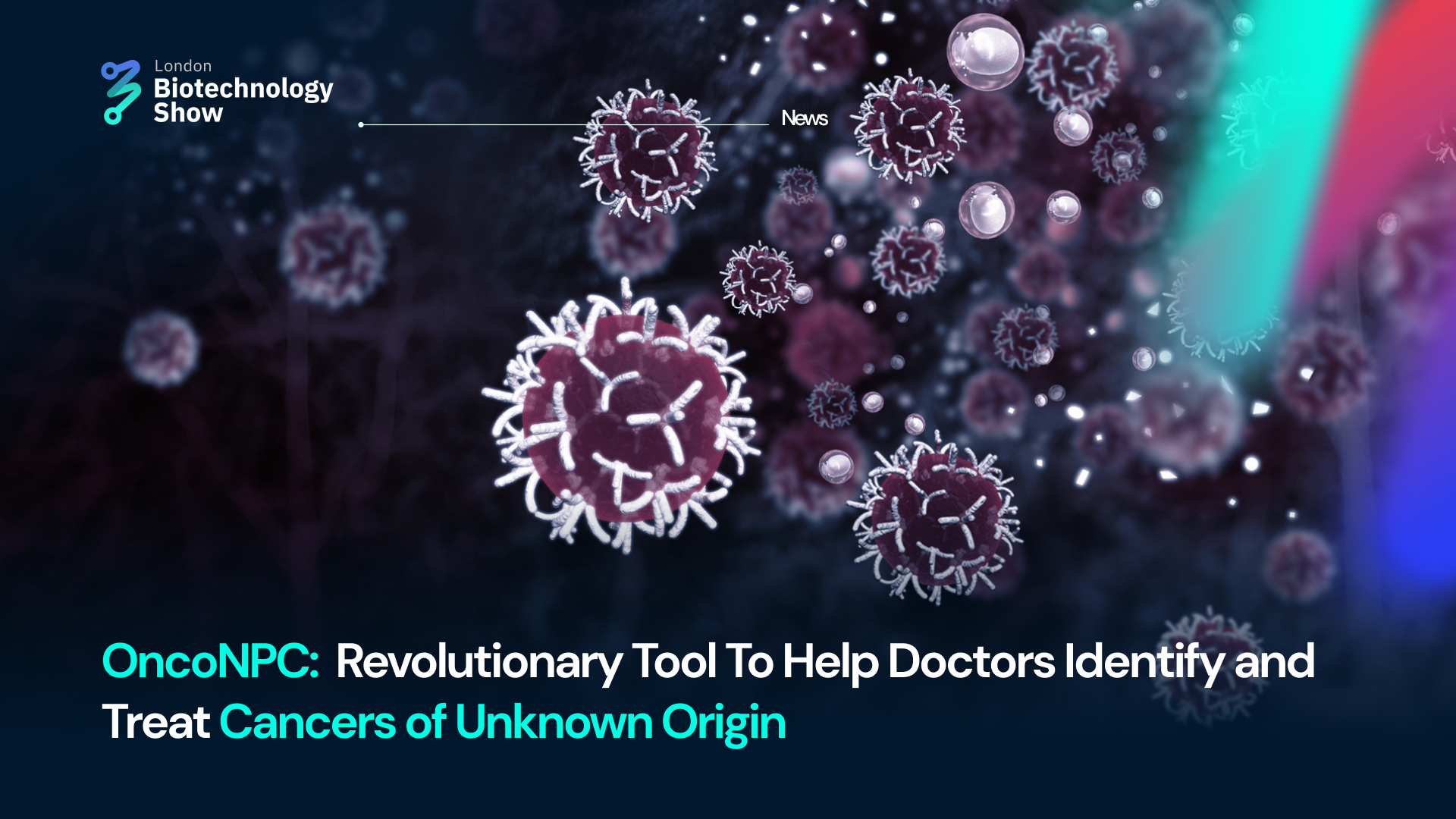August 7, 2023: Researchers at the Massachusetts Institute of Technology (MIT) and the Dana-Farber Cancer Institute have developed a groundbreaking approach utilising machine learning to address the challenge of identifying the origins of enigmatic cancers. Employing a computational model, the scientists have devised a method to analyse the genetic sequence of approximately 400 genes, which can predict the source of a given tumour within the body.
In a recent study published in Nature Medicine on August 7, 2023, the team demonstrated that their model could successfully classify over 40 percent of tumours of unknown origin with a high level of accuracy. The study encompassed a dataset of approximately 900 patients, leading to a significant enhancement in the pool of individuals potentially eligible for genomically guided, targeted treatment based on the primary site of their cancer.
A crucial discovery of the study was the model's potential to aid treatment decisions, guiding medical practitioners towards personalised treatments for patients diagnosed with cancers of unknown primary origin. This breakthrough could revolutionise the landscape of cancer treatment, particularly for cases where the primary source of the cancer remains unidentified.
In an official press release, Intae Moon, the lead author of the study and an MIT graduate student in electrical engineering and computer science, "That was the most important finding in our paper, that this model could be potentially used to aid treatment decisions, guiding doctors toward personalised treatments for patients with cancers of unknown primary origin."
Upon testing the model on a set of approximately 7,000 tumours with known origins, OncoNPC achieved an accuracy of about 80 percent in predicting the source of the tumours. For tumours with high accuracy predictions, the accuracy surged to approximately 95 percent. This remarkable accuracy prompted the researchers to apply the model to analyse around 900 tumours from patients with cancers of unknown primary origin. Impressively, the model's high-confidence predictions were accurate for 40 percent of these cases.
To validate the model's predictions further, the researchers correlated the predictions with an analysis of germline mutations in tumours, which can indicate a genetic predisposition to a specific type of cancer. The model's predictions aligned strongly with the type of cancer indicated by the germline mutations, reinforcing its potential utility.
Overall, the researchers intend to expand their model to incorporate various data types, such as pathology and radiology images. This multi-modal approach could provide a comprehensive perspective on tumours, enabling the prediction of not only cancer type and patient outcome but also potentially the most effective treatment.


